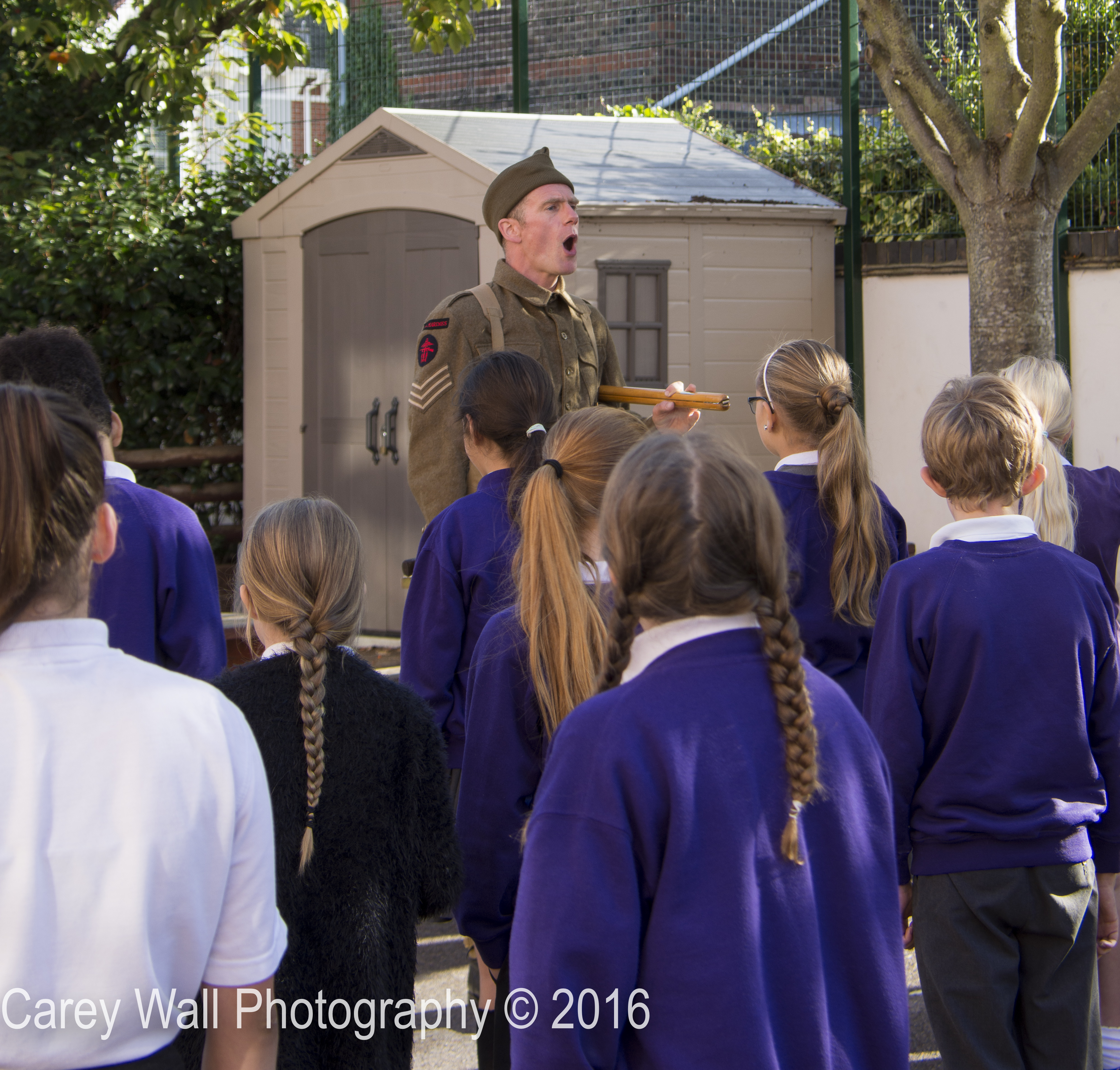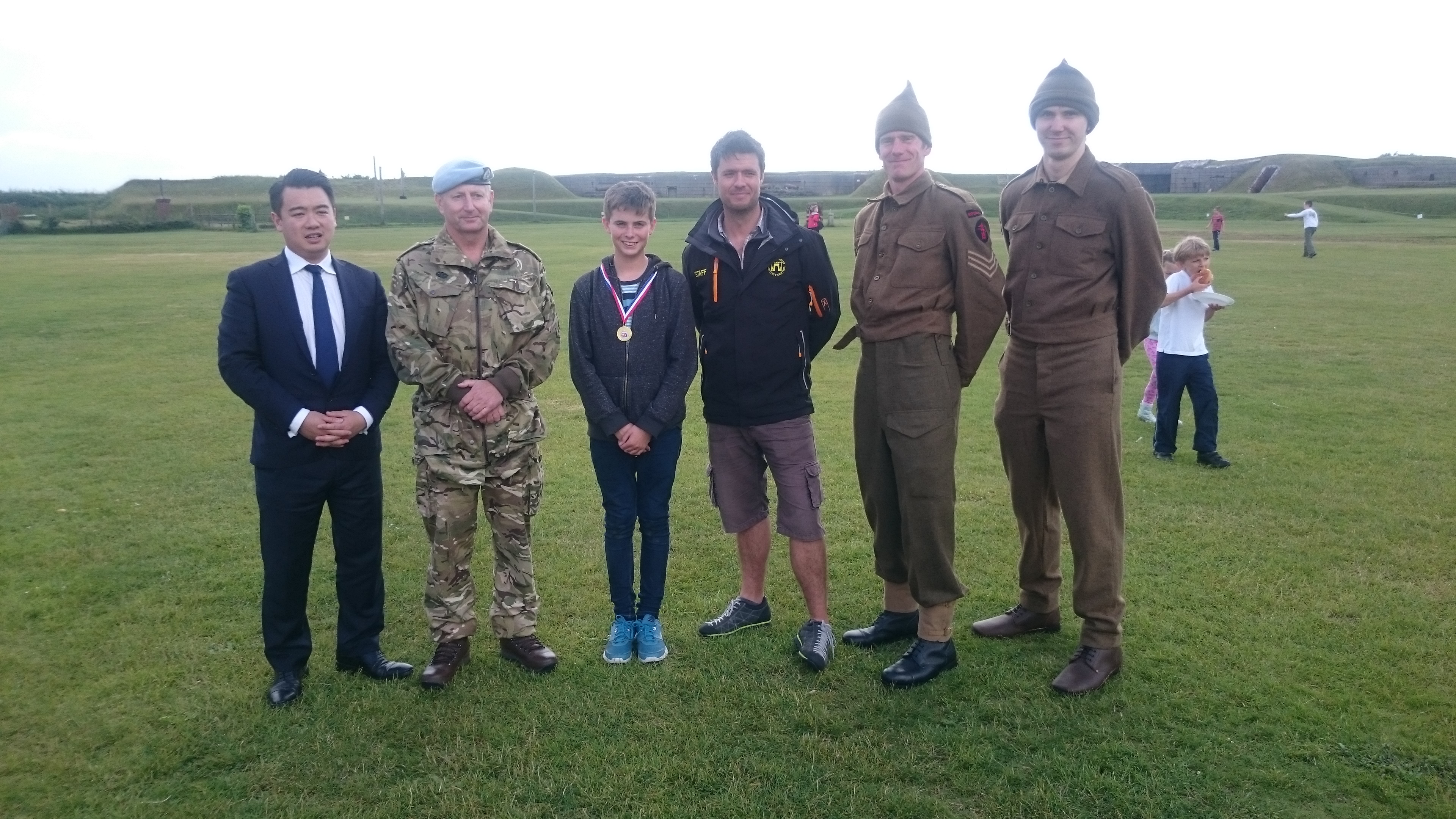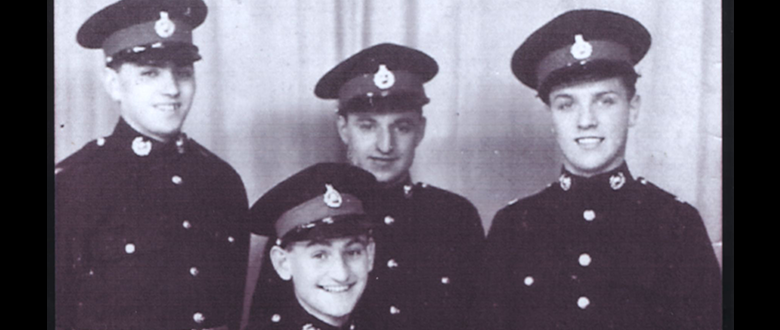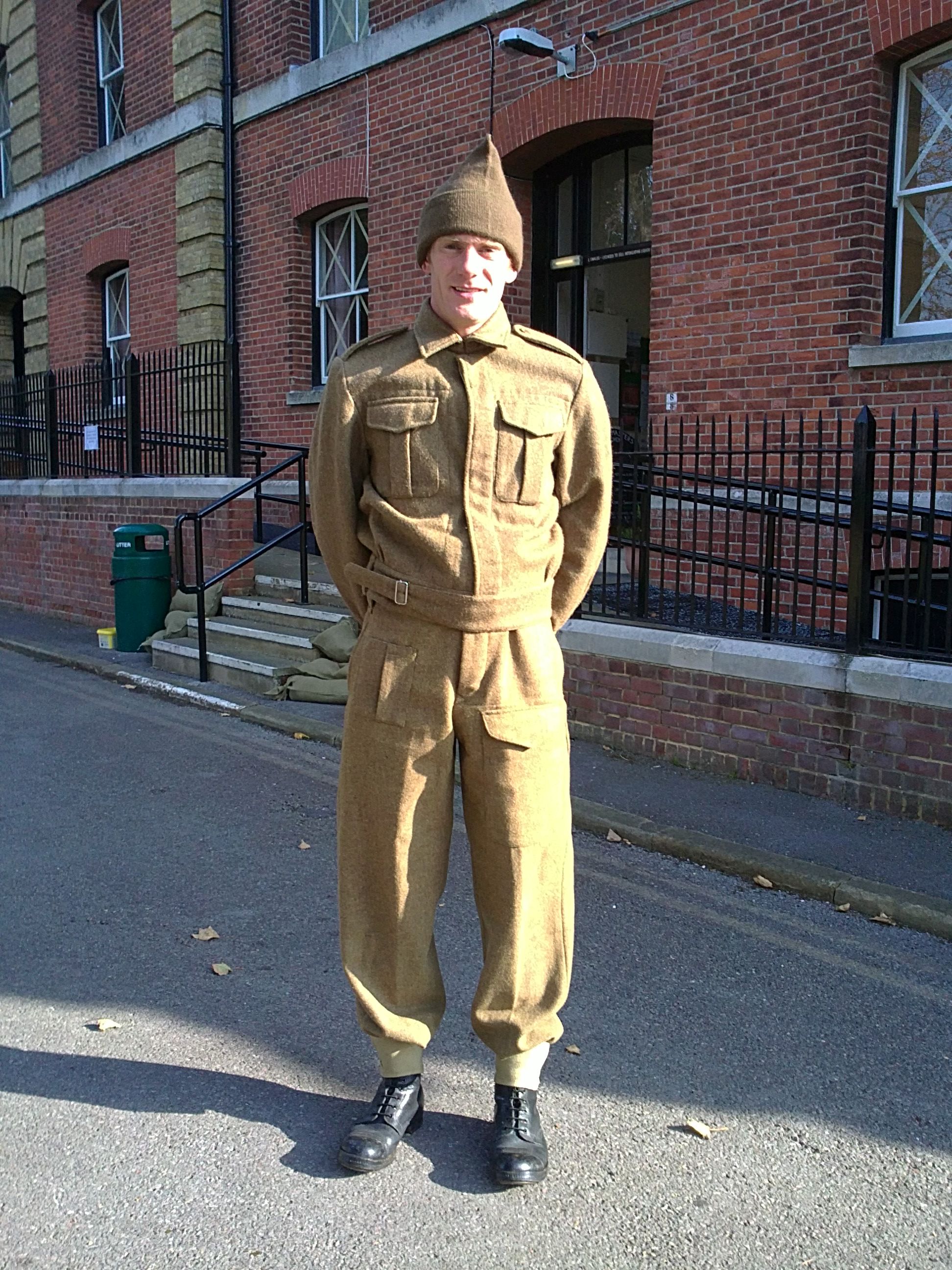As the dust settles on the Remembrance season for another year and we lay to rest the centenary of the Battle of the Somme, I have a story of personal struggle and personal triumph to tell.
How did we end up here?
It is 10:50 on Friday November 11th. I have just delivered the second of six sessions I am due to deliver today but already my brain has moved on and is focussing on the next appointment of the day.
When I say focus, I mean a laser sharp, all-encompassing focus on what I am about to deliver.
I am not going to lie to you: I am feeling the pressure. I am about to deliver a one-off, single-take, no second chances, must be perfect first time session.
I am definitely nervous.
Why am I feeling so much strain? Let me take you back in time a little.
Of course I can…
When I made the booking to visit a school on November 10th and 11th, away back in May, I was really excited to be delivering Remembrance sessions to an entire school. I love the opportunity to make an impact and to leave a lasting impression. Talking about Remembrance on Armistice day is just such an opportunity.

Drill
Part of the booking was that I would deliver an assembly to the school on both days. No problem, I could do a session teaching drill. It’s a great wee session that works better the more people you have.
Then, a month or so before the visit, the teacher asked me if I would do an assembly on the Thursday and lead the school Remembrance assembly on the Friday.
“Of course I can.” The enormity of what I had offered hit as soon as I pressed send.
I was offering to lead a service of Remembrance for an entire school. Some things are important. Some things have a very precise, correct way of doing things. Some things you are morally and ethically obliged to get perfectly right. A Remembrance service is all three of these things.
I have attended many services over the years, I have formed up groups of students for the 2 minutes silence, but I had never actually led the service. This was new territory. This is not the time to be hoisted on my own petard.
There is no wriggle room, no chance to improvise. This needs to be perfect. First time. With no notes.
So I set about memorising the order of service. I set about memorising the Exhortation. I set about knowing the whole of the Last Post and I practised my bosun’s call.
All in all it’s a lot to remember. Especially when you slot it into the middle of a day where I had to deliver six sessions about D Day.
Back to the present
So that’s why I’m feeling nervous. I am acutely aware of everywhere my Second World War uniform is not sitting quite right. Every pace it’s digging in. I am abundantly aware of how hot the school is and I am beginning to get sweaty palms.

puttees
“I can do this, and I can do it right.”
I walk into the hall to be met by hundreds of small faces and the entire school staff looking at me. Also I am greeted by a Corporal from the REME who has offered to attend the service. I suddenly feel that my battledress is very out of place for this service, but there is no time to change and therefore I must focus and get this right.
Everyone sits down.
The lights go down.
I nod to the teacher with the laptop and the Last Post sounds from the PA.
It takes an eternity to finish.
Deep breath. Commit
“They shall not grow old as we that are left grow old,
Age shall not weary them, nor years condemn.
At the going down of the sun, and in the morning:
We shall Remember them.”
Announce the two minutes silence.
Sound the call. Glance at my watch and remember the time.
Wait.
Think about all the things I ask the children to remember. Think about the people who I talk about in my remembrance sessions. Think about the people I have known who have made the ultimate sacrifice.
Glance at my watch.
Sound the call to end the silence.
Breathe.
Relax.
Now back into my comfort zone
And then finish the service by taking the children through their drill before dismissing them.
They were absolutely brilliant. They managed to be silent and, relatively, still for the whole two minutes. Their drill was perfect.
I have never felt such a wave of relief and pleasure at having successfully completed something.
I put a lot of pressure on myself to get it right, because it was important. It was important to me to make sure I did this properly and it’s important to other people that I did this right.
I’m not kidding myself. Compared to being involved in a conflict, I was risking very little apart from opprobrium. Compared to the fear that soldiers feel going into combat, I felt very little. However, I had done my bit to remember their experiences and to help others remember them. I had treated the occasion with the respect it deserved.
I had done my bit to remember and to keep the memories alive.











